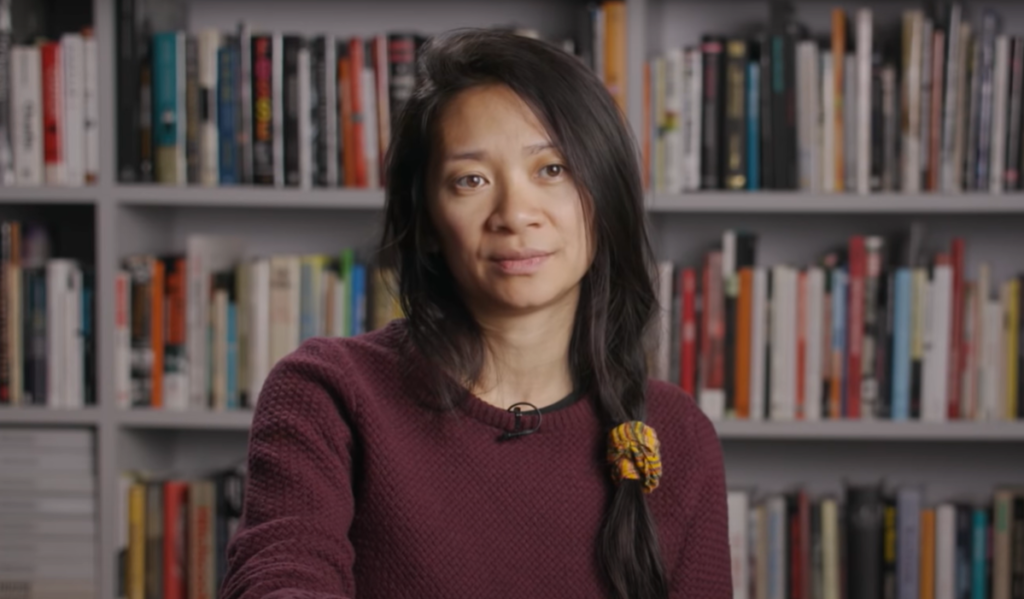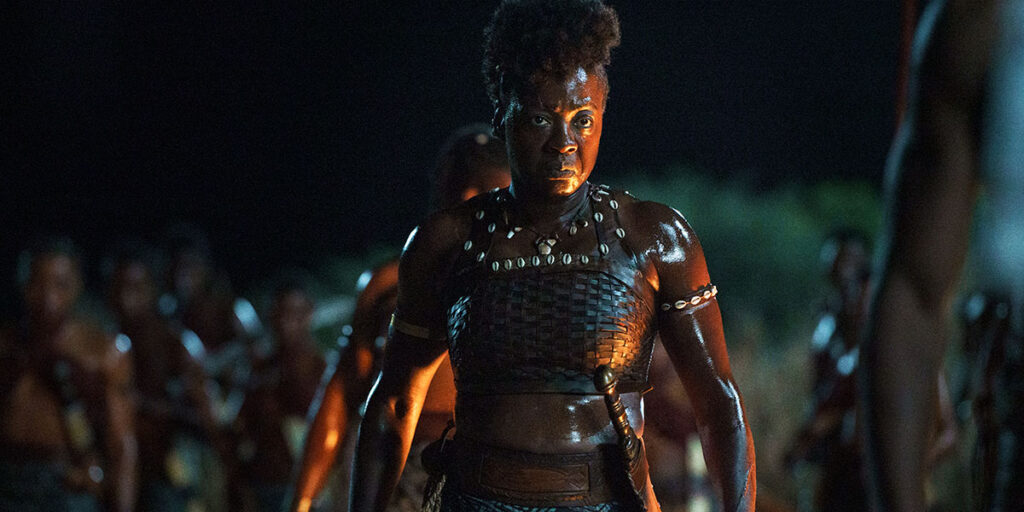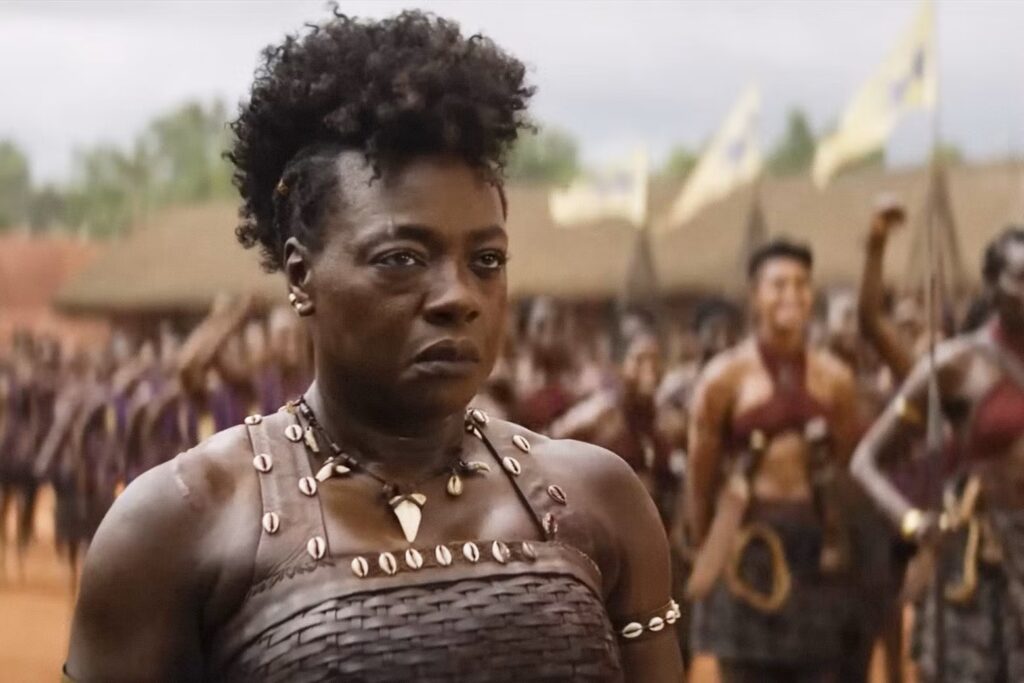This morning, Women in Film and the Sundance Institute released the next stage of research on female filmmakers. Last year they released an unprecedented first phase in the work that began the analysis on why they are so many barriers to female filmmakers. The first thing to say is how important this work is. Having longitudinal research on women filmmakers not just based on box office performance is really important to a deeper understanding of the large scale cultural issues that hold women back.
The second phase of the research adds on 2013 to the analysis(last year was 2002–2012) and does in-depth interviews with industry and thought leaders and also assesses the Sundance labs. The research is done by Stacy L. Smith, Ph.D., Katherine Pieper, Ph.D. and Marc Choueiti at Annenberg School for Communication and Journalism, University of Southern California.
If you will recall, last year was unprecedented and anomalous in Sundance history with women filmmakers achieving parity in the US narrative and documentary film competition. Breaking down those numbers from 2013 even further shows that “Of the 1,163 content creators (including: directors, writers, producers, cinematographers and editors) working behind the camera on 82 U.S. films at SFF in 2013, 28.9% were women and 71.1% were men. The presence of women differed by storytelling genre: 23.8% of content creators were women in narrative films whereas 40.4% were women in documentary films.”
So 50/50 directors does not lead to 50/50 across the board.
Clearly, women had a stellar year in docs at Sundance last year. But we know that women directors are making excellent movies and are pushing their way towards gender parity. Last year, “42.2% of documentary directors and 49.2% of documentary producers were women at the 2013 Festival. Focusing on directors specifically by program category, 46.4% of U.S. documentary competition directors were female as were 30.8% of documentary premiere helmers.”
But no matter how great 2013 was the bottom line is that from 2002 to 2013 there was “no meaningful change over time for women directors and producers. The research says:
the percentages of female participation often fluctuate but no continuous and sustained increases or decreases were observed across the 12 years.
“The total amount of women over that time is: “for dramatic features, females accounted for 24.4% of all competition helmers and 13.9% of all non competition helmers. In documentaries, the percentage of female competition directors is 41.7% and 25% of noncompetition helmers.”
Again, the research shows that women do better in competition and when the stakes are raised at the premiere level, the amount of women seriously decreases.
Some good news includes the success of female storytellers at the Sundance labs: “Female storytellers compete and flourish at Sundance Institute labs. Of the 432 lab fellows between 2002 and 2013, a full 42.6% were female. Women comprised 39.3% of the fellows in the Feature Film Program (FFP) and 54.5% of the fellows in the Documentary Film Program (DFP).” And the research also showed that women’s films that come out of the labs appear at the top tier festivals at almost the same rate as their male peers.
The depressing news is in the interviews that were conducted with industry leaders and content creators about the impediments facing female filmmakers — specifically directors.
“When the think director — they think male”
Traits were gathered from 34 narrative and documentary decision-makers and filmmakers. We explored whether attributes of successful directors reflect stereotypical characteristics of men or women. Nearly one-third of traits (32.1%) were coded as masculine and 19.3% feminine. For documentaries, the percentage of male-linked (23.1%) and female-linked characteristics (20.5%) was nearly equal. In narratives, masculine attributes (e.g., aggressive, a general rallying troops for combat) outnumbered feminine traits (e.g., collaborative, supportive) by a factor of over 2 to 1.
“Putting female directors on studio lists is limited by stereotypes”
A group of 12 individuals working in the narrative realm were asked specifically about hiring directors into top commercial jobs. Two-thirds (66.7%) indicated that there is a smaller pool of qualified female directors. Half mentioned that stereotypically male films (i.e., action, horror) may not appeal as job opportunities to female directors. These findings illustrate how a reliance on stereotypes creates decision-making biases that weaken women’s opportunities.
The report sums it up best: “Despite the gains made by female storytellers in 2013 and the importance of lab support, these findings reveal where problems still exist. Until cultural stereotypes and perceptions of the directing role grow more flexible, moving from independent film to commercial arenas will remain a difficult prospect for female filmmakers.”
This shows that this is clearly more than competence. This is about institutional and cultural sexism.







